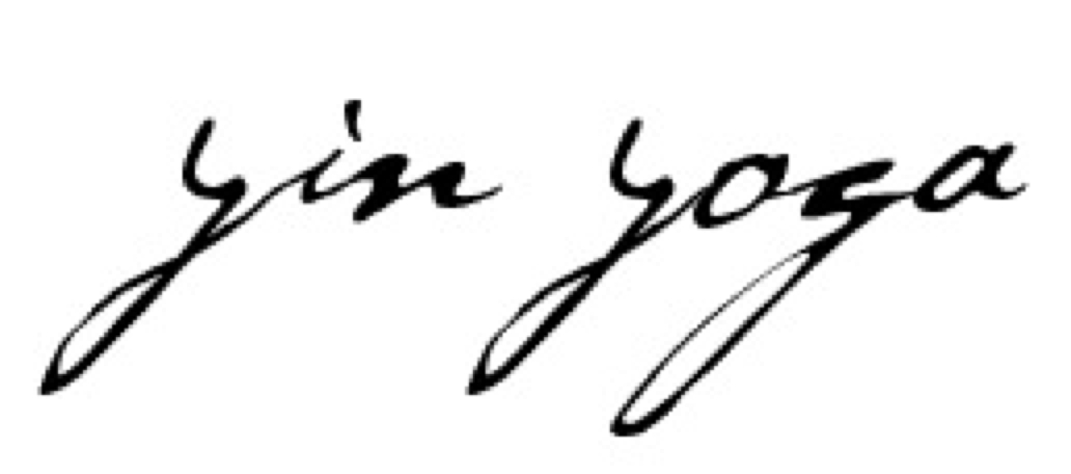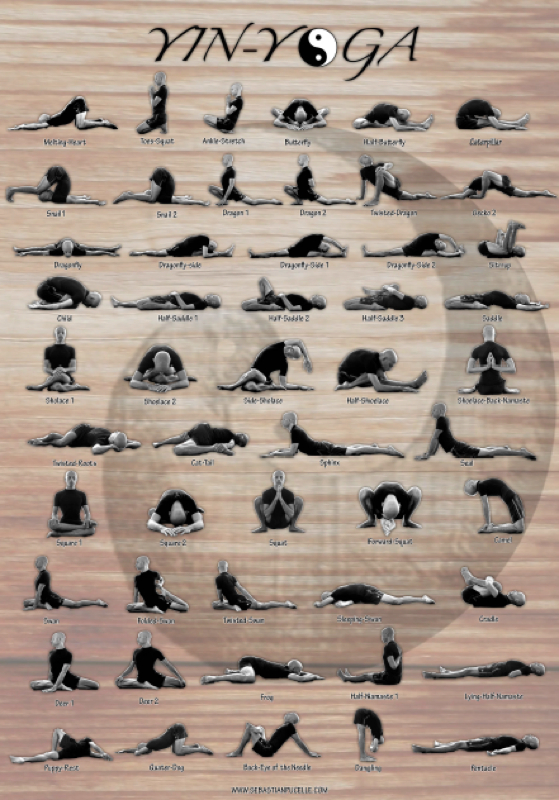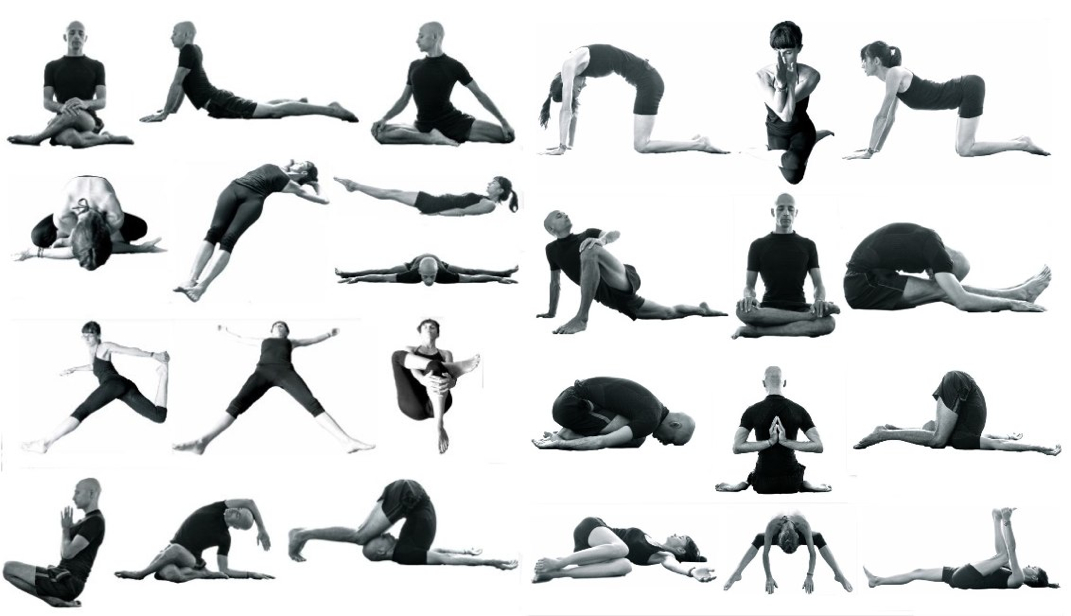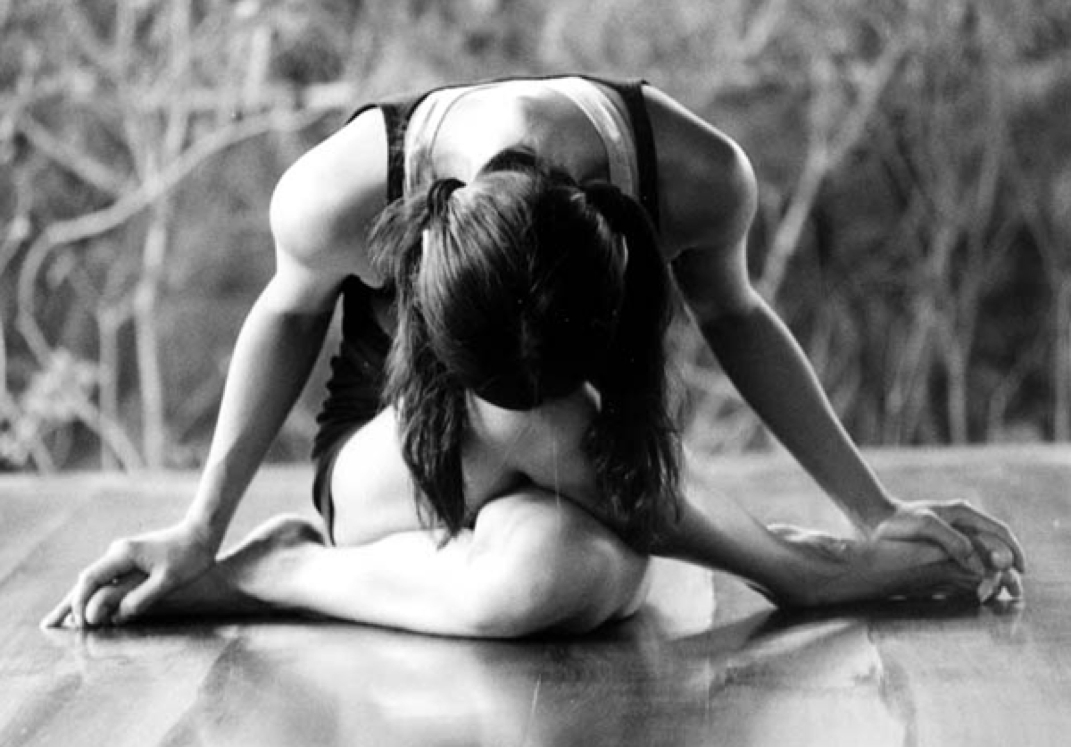This is a blog topic I've wanted to write for a while now and what better time to write it than straight after practicing Yin at my current yoga school. As most of you probably know already, I have returned to India and better still, to Rishikesh Yog Peeth where I studied in Aug/Sept 2013. I am taking my 300hr teacher training course this time and nearing the end of my 4th week right now, I can safely say that I have learned heaps of new things and everything seems to be falling into place finally.
Some of you may have heard of Yin yoga, have even taken a class or two before or some of you may never have heard of it before which is why I'm writing this piece. Prior to Sept 2013 I hadn't heard of Yin yoga myself and it wasn't until a 300hr student named Steph used this style during her teaching our with my 200hr class and I nearing the end of her course. We loved it so much in fact that we requested to have her teach us a few more times after that until she had to leave to return home to Canada. After leaving India, I made it my mission to attend Yin classes wherever I could, in Bali and in New Zealand etc which furthered my knowledge of the style. It wasn't until returning to Rishikesh this time round that I realised I wanted to focus on this style as I felt it suited who I am and what I feel comfortable doing.
The concepts of Yin are relatively new but are incredibly interesting. Unlike some other styles of yoga, Yin requires the yogi to hold a static (passive) or active pose for a certain period of time ie. 3-5minutes generally in order for the stretch to penetrate the connective tissues, ligaments, fascia and muscle. This In turn helps increases blood flow to the area and synovial fluid which means your joints and ligaments etc will be more flexible and healthy. A lot of faster paced yoga (Yang styles) doesn't penetrate this deep because the poses are switched more often therefore Yin is a very beneficial style for everyone. There are not as many poses in this style of yoga than there are in Hatha Yoga for instance but some of the poses can be modified. It's said that we good a lot of emotions in our hips (issues in our tissues) and that when we hold a 'hip opener' pose such as 'the shoelace' (image below) for 3-5 minutes, breaking through the intensity of the stretch and the block in our mind then this can have very calming results. It's not unusual to start crying or laughing in a class and it is encouraged to let whatever comes to the surface, out because this is what will free us from the fluctuating mind and help us become more aware of ourselves and our bodies.
For my first teaching experience this time round, I chose to Yin and I got great feedback from my peers afterwards which was very encouraging and sweet. We are lucky enough to have a lovely and very wise older couple here with us teaching some lectures and classes whom have both studied Yin with Bernie Clark in Canada. I am planning to do my exam speec about the concepts of Yin yoga at the end of my course and considering I'm moving to Vancouver this summer, I could be lucky enough to do yoga with Bernie Clark too. Having studied Yoga Therpy intensively this week with an Indian doctor, I am more aware of the benefits of static postures on the body and furthermore the benefits that Yin can have on each and every body too. I'm hoping to gain more knowledge on this incredible style in the near future and hopefully be able to start sharing the concept and benefits with others.
So watch this space :)
Namaste





 RSS Feed
RSS Feed
